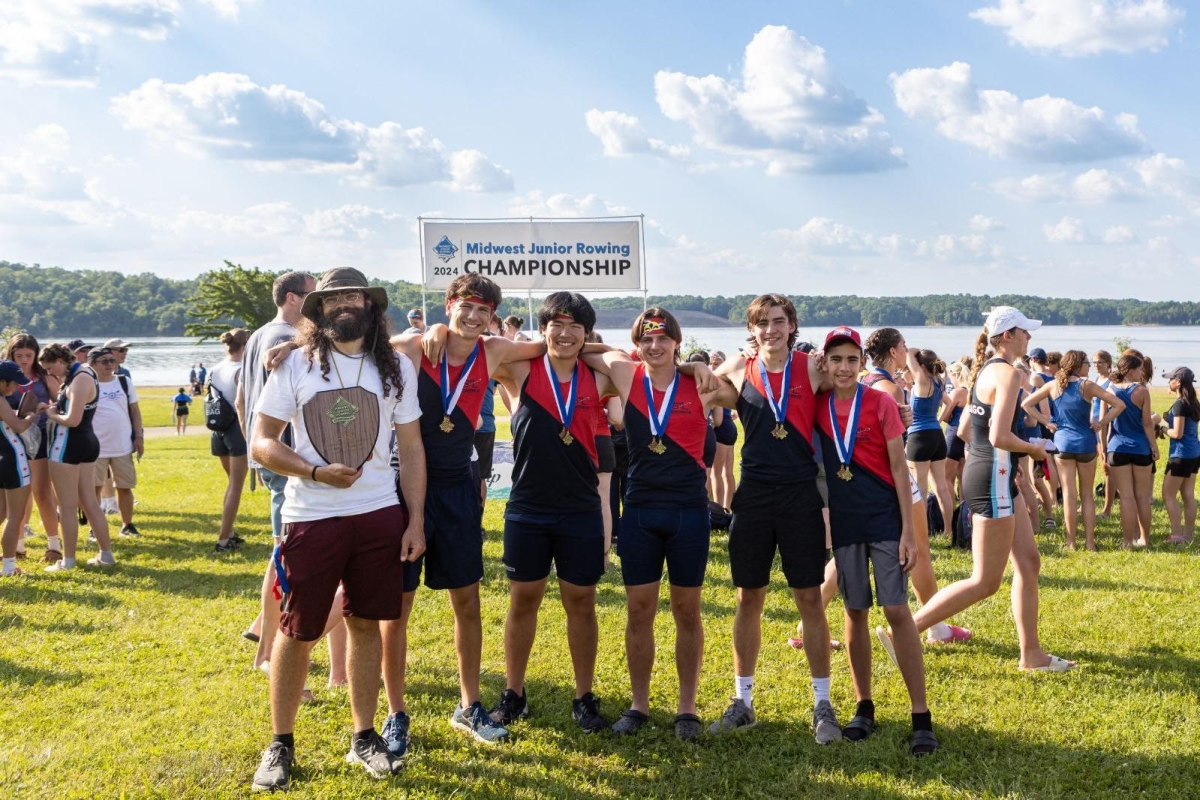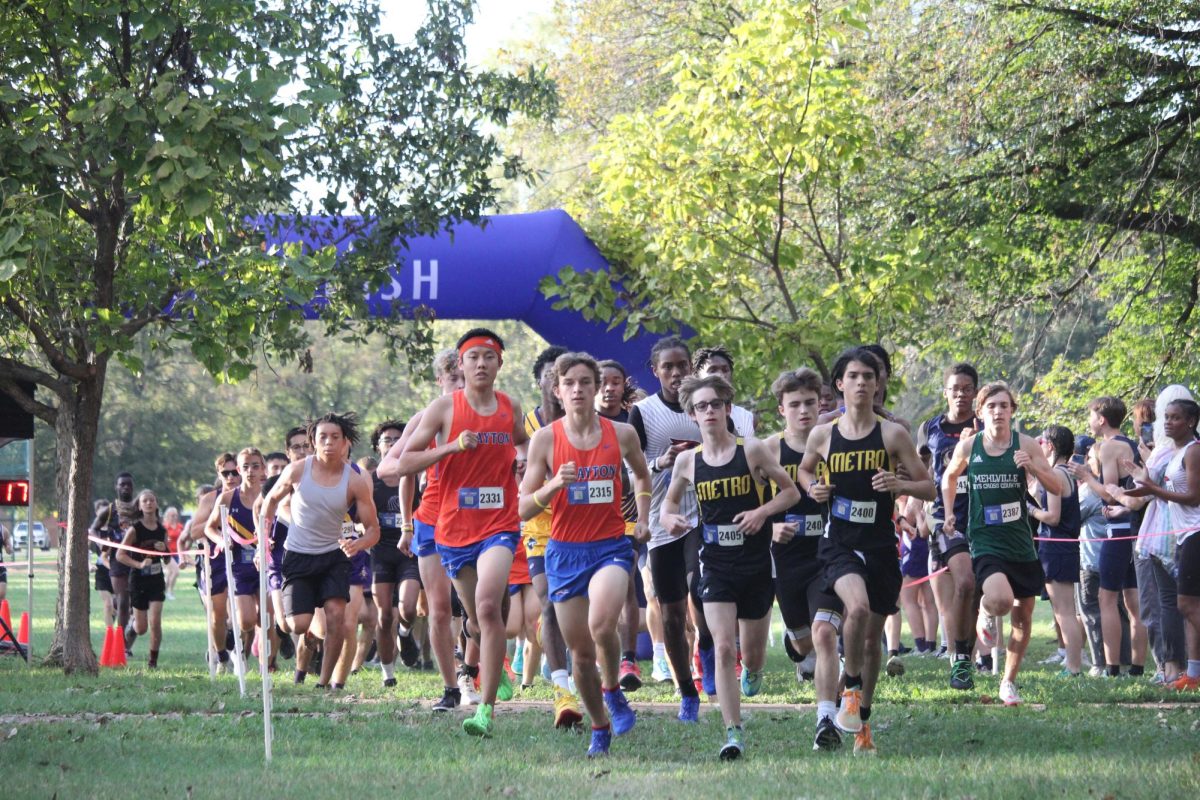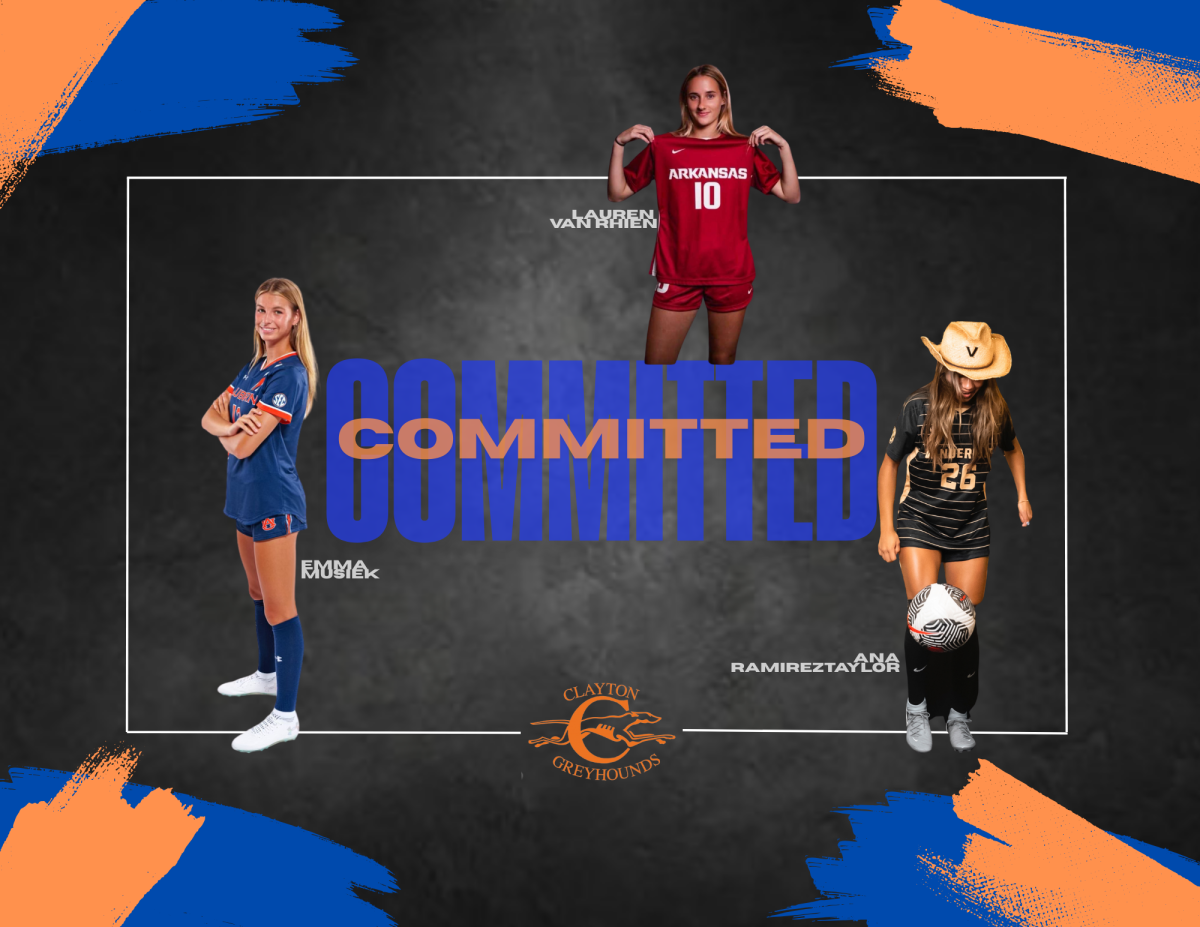As I send a pass to striker Peter Shumway, he sprints after the ball, attempting to beat the opposing goalie to it. Peter and the goalie both slide for the ball, they collide, and that is the last thing he remembers.
After the play I race over to Peter to see how he is doing. His mouth is bleeding and he seems dazed and confused.
“I realized that it was going to be a hard impact,” Shumway said. “After the collision I had blurred visions for a few seconds and then I was unconscious.”
After the incident Shumway spoke with a nueroscientist who recommended he relax in a dark setting such as a movie. The nueroscientist also told him that it was very important that he did not sleep for long periods of time that night because it would be very difficult to monitor his condition while he was asleep.
Peter is recovering well, but still feels some symptoms from the collision.
“Over the past few days I have had headaches and can tell that my thinking process is slower,” Shumway said. “I have mistaken mirrors for walls and walls for mirrors so clearly I have not fully recovered but I am feeling better.”
Unfortunately, incidents like this are not uncommon in sports.
Earlier this year when the Clayton varsity football team was playing Ladue, a Ladue player had a similar incident. The Ladue Rams kicked off the football to the Greyhounds and 11 players from each team ran at each other with a head of steam.
One of the Ladue Rams came at the Greyhound kick returner with his head down and he fell unconscious at impact. The player remained down on the field for several minutes before being carted off on a stretcher and sent directly to the hospital.
The rise in concussions throughout sports and the limited knowledge doctors have about concussions has led to more awareness.
MSHSAA has a seven-step plan in the packet discussing the reecovery process for concussions. Relax, return to school, light exercise, running, non-contact drills, full practice, return to games. MSHSAA has also added more rules concerning concussions, such as requiring players to exit the game if they make a hard impact with their head.
CHS has raised awareness for concussions and is now offering an Impact Test to all high school athletes. The Impact Test is a 10-15 minute test on a computer where you play games that are intellectually stimulating. You then receive a scan of your brain activity and if you think you get a concussion, you take the test again and they compare your brain activity to determine the extent of the injury.
With new information and better testing, treatment and detection of concussions will improve, but until then, athletes like Peter need to be careful with hard impacts to the head.


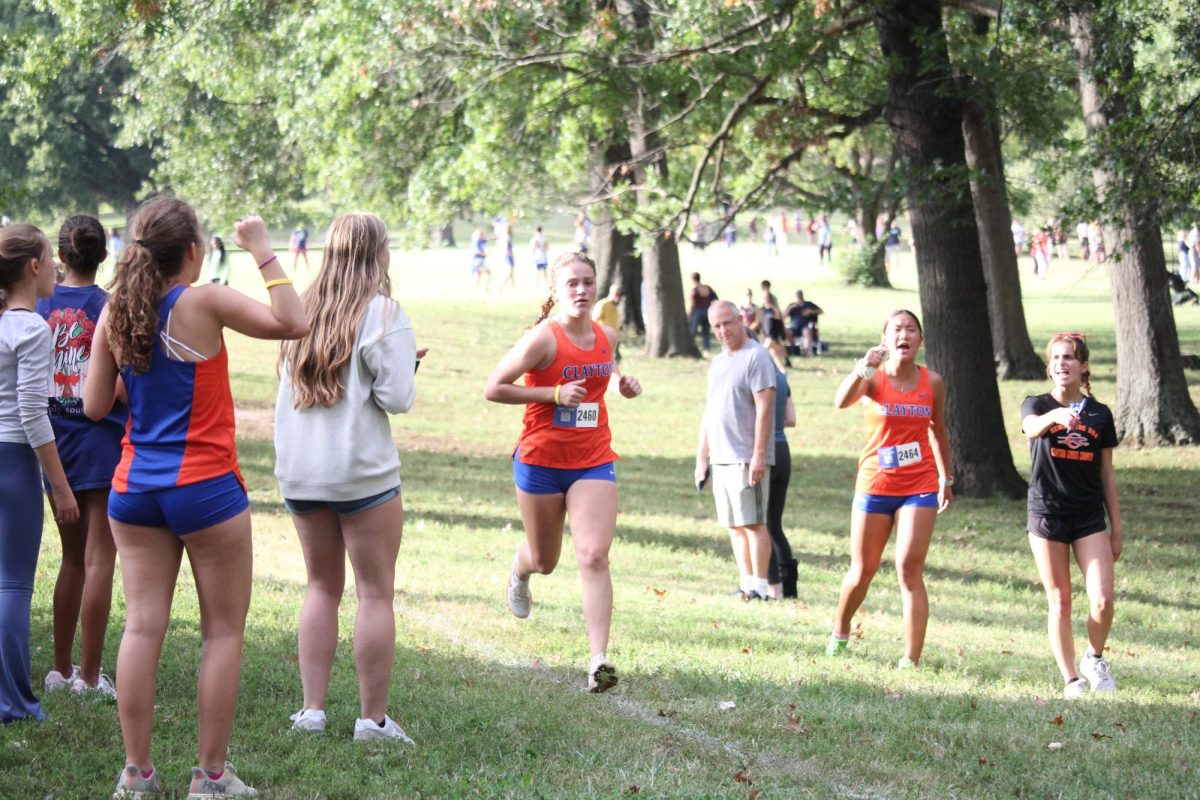
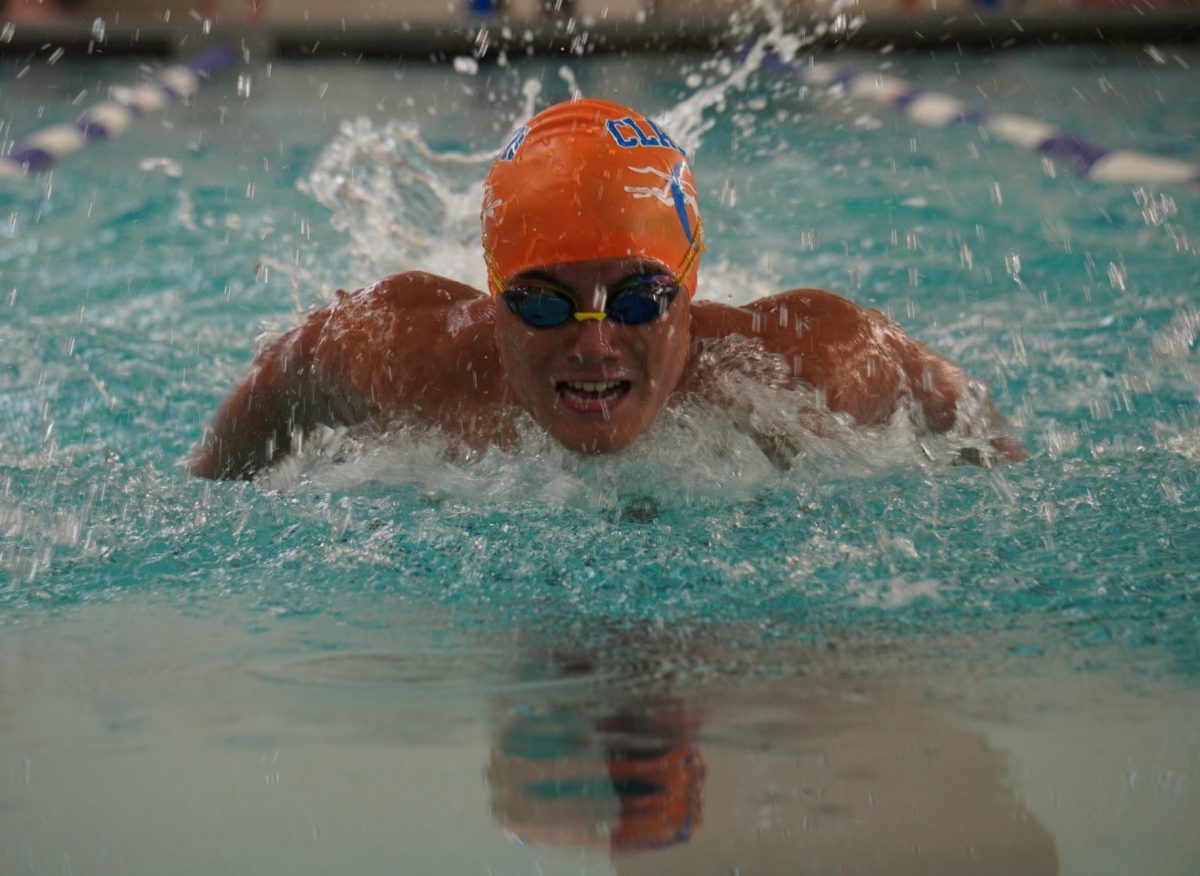
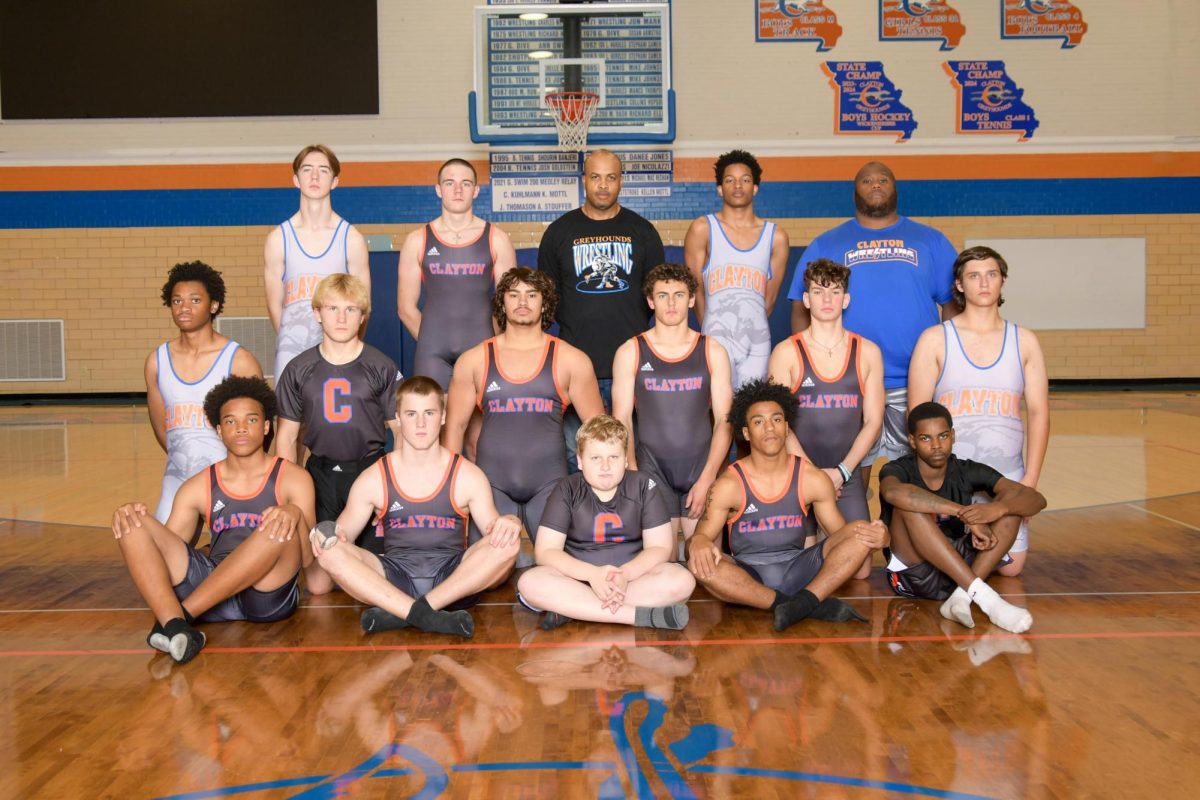


![Rowing Club teammate Audrey Burger poses next to Juliette Springer at the Haxton Ohio race. The team placed sixth out of 16; in the previous race, they placed fourth. "[After] the race was over, I felt very relieved because of how nervous I was before the race. I also felt proud because I did better then I thought I was going to do," Springer said.](https://www.chsglobe.com/wp-content/uploads/2024/12/IMG_7938-1.jpg)
